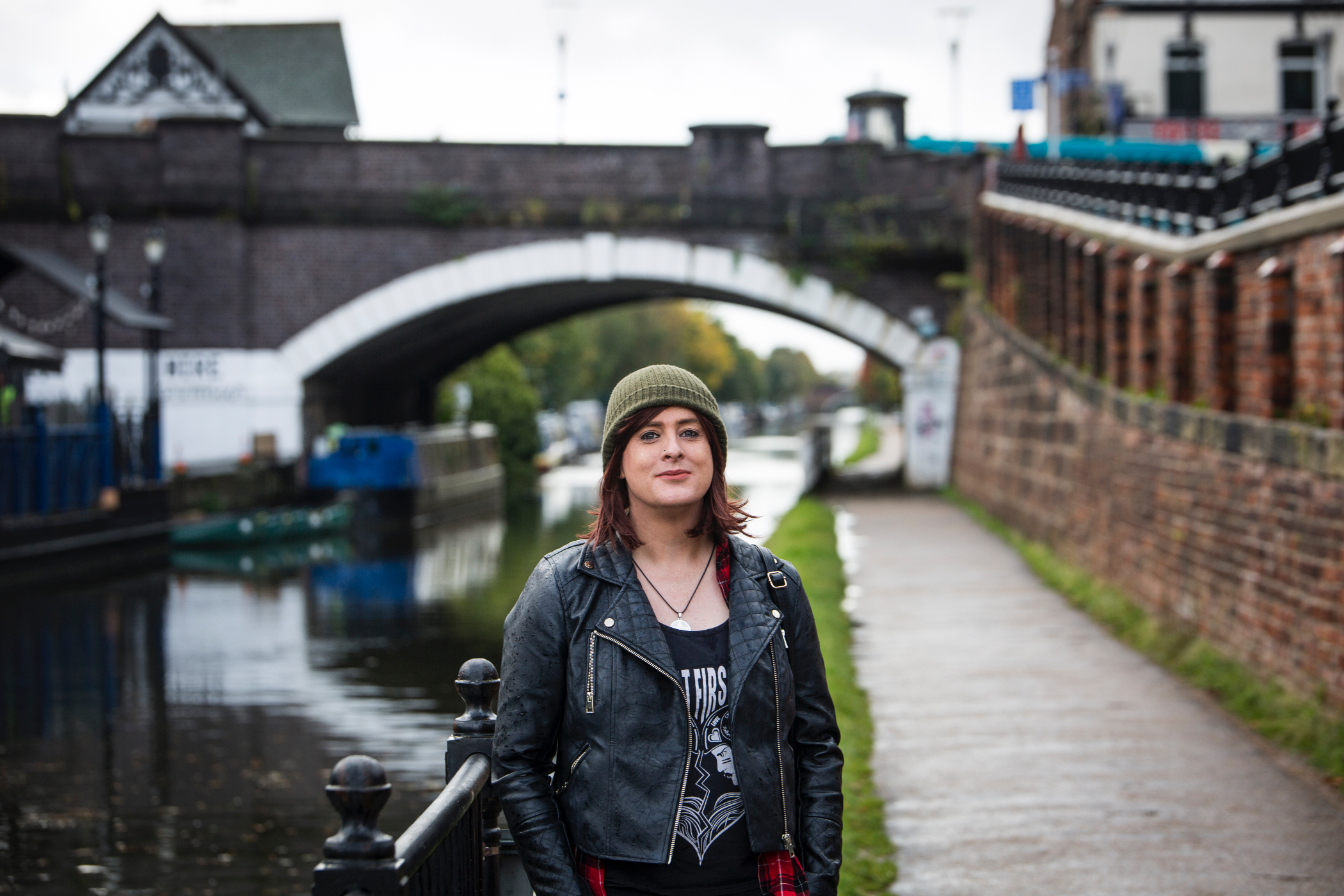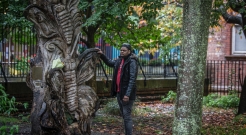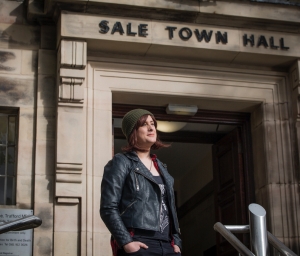In order to obtain a new birth certificate, you will first need a Gender Recognition Certificate (GRC). This is one of the longer and more complex aspects of updating documentation, meaning that many people leave this step until last, or simply do not do it at all. Before you begin, you must make sure that you satisfy the following criteria:
- you must be at least 18 years of age;
- you must have a diagnosis of gender dysphoria or equivalent;
- you must have lived in your new gender for at least two years;
- you must intend to live in your new gender for the rest of your life.
These criteria are strict and sadly limit the number of people who are eligible for a GRC. If you are eligible to apply, you can get an application on the government's website here.
You will need to decide which application track is most relevant to you. You have three options:
1. The overseas track
If you have been recognised in your new gender by a country other than England, Wales, Scotland, or Northern Ireland.
2. The alternative track
If you were in a protected marriage or civil partnership at the time the gender recognition provisions of The Marriage (Same Sex Couples) Act 2013 commenced on 10 December, 2014. For those in Scottish protected marriages or civil partnerships, this date is 16 December, 2014 and for those married or in a civil partnership registered in Northern Ireland, the date is 13 January, 2020
OR
have lived fully in their acquired gender for a period of six years prior to 10 December, 2014 - the commencement date of the gender recognition provisions of the Marriage (Same Sex Couples) Act 2013 and continued to do so up to the date the application was made; (for Scottish protected marriages or civil partnerships this date is 16 December, 2014); and for those married or in a civil partnership registered in Northern Ireland the date is 13 January, 2020.
3. The standard track
If the above do not apply to you. The majority of people will fit into this track.
Once you have decided which track is right for you, you will need to begin gathering the evidence for your application. This will usually include:
- Evidence of living in your new gender (e.g. passport, drivers’ licence, utility bills, bank statements, payslips).
- Two reports from two medical professionals, with at least one specialising in gender dysphoria, outlining the diagnosis of gender dysphoria, and any medical interventions you may have had in relation to that.
- A statutory declaration, which is a legally binding statement that states that you will live in your acquired gender for the rest of your life. It must be witnessed by an official, such as a lawyer or notary.

Once you have gathered everything you need, you can begin filling out the application form. You will need to pay a fee of £5. Once you have sent the application, it will be reviewed by a panel, who will decide whether it is approved or rejected, or if you will need to provide more information.
For more information about how to submit your application visit https://www.gov.uk/apply-gender-recognition-certificate

















